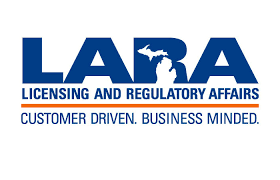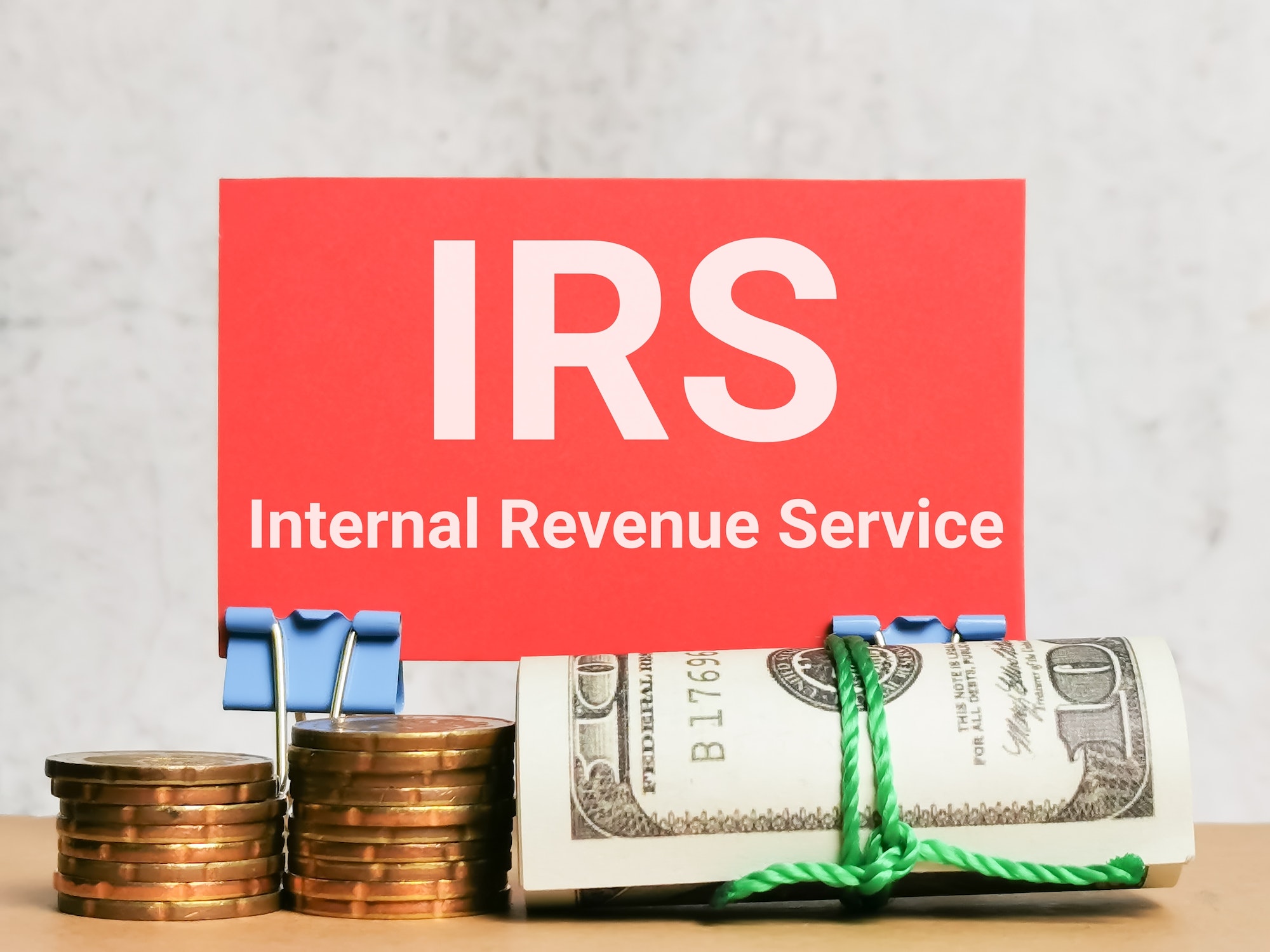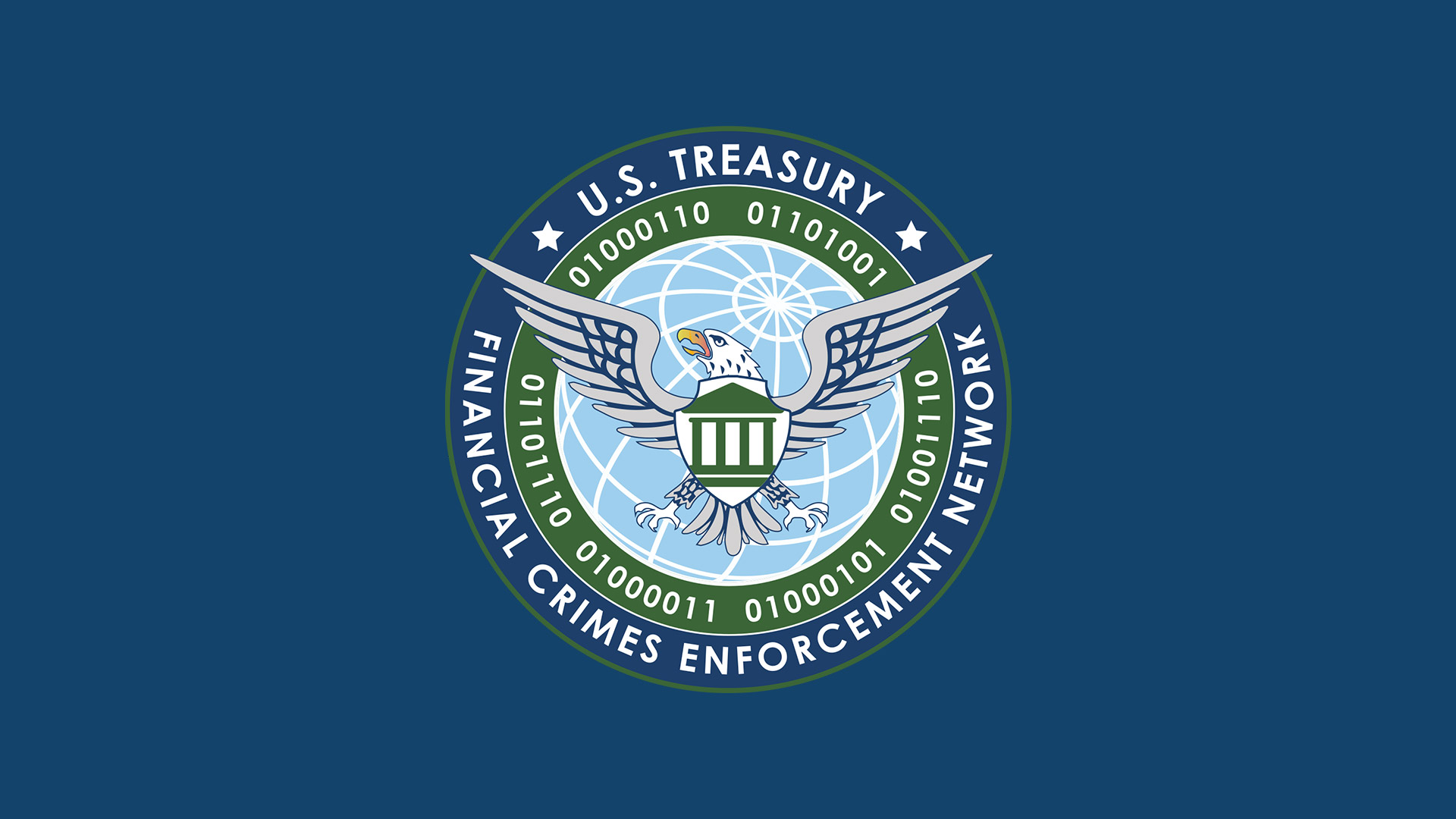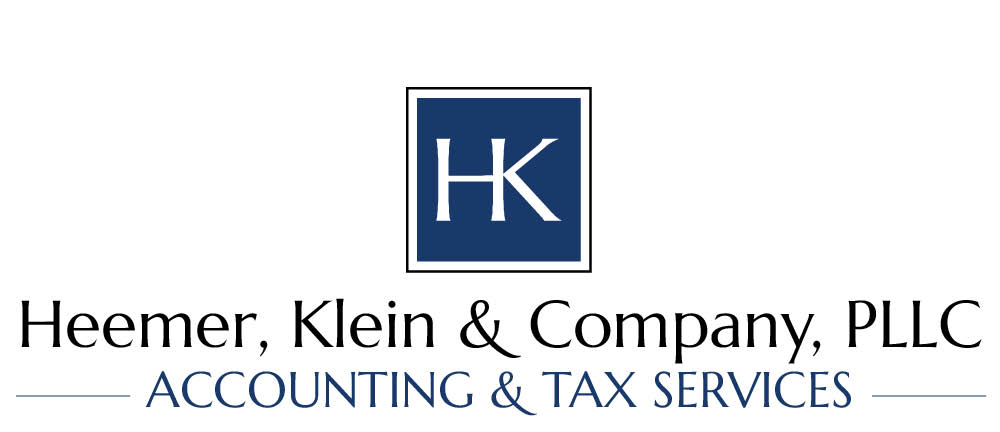Date: 1/8/2018
Business provisions
Corporate rate. The Act provides for a flat 21 percent corporate rate, rather than the originally proposed 20 percent rate. There is no separate rate for personal service corporations. The 21 percent rate becomes effective for tax years beginning after Dec. 31, 2017.
Corporate AMT. The corporate AMT is repealed. Prior-year minimum tax credits may offset a taxpayer’s regular tax liability for tax years beginning after 2017, subject to a formula.
Business income deduction for pass-through business entities. The Act provides for a 20 percent deduction for domestic qualified business income from a partnership, S corporation or sole proprietorship. The deduction does not apply to specified service businesses, except in the case of a taxpayer whose taxable income is below the threshold amount. Under the conference agreement, the threshold amount is $157,500 (twice that amount or $315,000 in the case of a joint return). The conferees expect the reduced threshold amount will serve to deter high-income taxpayers from attempting to convert wages or other compensation for personal services to income eligible for the 20 percent deduction under the provision. The conference agreement provides that the range over which the phase-in of these limitations applies is $50,000 ($100,000 in the case of a joint return).
A specified service trade or business means any trade or business involving the performance of services in the fields of health, law, consulting, athletics, financial services, brokerage services, or any trade or business where the principal asset of such trade or business is the reputation or skill of one or more of its employees or owners, or which involves the performance of services that consist of investing and investment management trading, or dealing in securities, partnership interests or commodities.

The final version of the legislation modifies the wage limit applicable to taxpayers with taxable income above the threshold amount to provide a limit based either on wages paid or on wages paid plus a capital element. Under the conference agreement, the limitation is the greater of:
1. 50 percent of the W-2 wages paid with respect to the qualified trade or business, or
2. The sum of 25 percent of the W-2 wages with respect to the qualified trade or business plus 2.5 percent of the unadjusted basis, immediately after acquisition, of all qualified property.
For example, a taxpayer (who is subject to the limit) does business as a sole proprietorship conducting a widget-making business. The business buys a widget-making machine for $100,000 and places it in service in 2020. The business has no employees in 2020. The limitation in 2020 is the greater of (a) 50 percent of W-2 wages, or $0, or (b) the sum of 25 percent of W-2 wages ($0) plus 2.5 percent of the unadjusted basis of the machine immediately after its acquisition: $100,000 x .025 = $2,500. The amount of the limitation on the taxpayer’s deduction is $2,500.
The Treasury Department is expected to issue guidance in regard to the acquisition of property from related parties as well as other guidance around the capital component rule.
The conference agreement clarifies that the 20 percent deduction is not allowed in computing adjusted gross income and instead is allowed as a deduction reducing taxable income. For example, the provision does not affect limitations based on adjusted gross income. Similarly, the conference agreement clarifies that the deduction is available to both non-itemizers and itemizers.
The conference agreement provides that trusts and estates are eligible for the 20 percent deduction under the provision. Rules similar to those under present-law section 199 apply for apportioning between fiduciaries and beneficiaries any W-2 wages and unadjusted basis of qualified property under the limitation based on W-2 wages and capital.
Qualified REIT dividends, cooperative dividends and publicly traded partnership income are all eligible for this deduction. However, qualified REIT dividends do not include any portion of a dividend received from a REIT that is a capital gain dividend or a qualified dividend.
Full expensing of certain assets. Businesses would be able to fully expense qualified property (tangible personal property with a recovery period of 20 years or less) acquired after Sept. 27, 2017, and before Jan. 1, 2023. This provision is applicable for the acquisition of new and used property. The inclusion of used property is a significant change from previous bonus depreciation rules.
Under the conference agreement, the bonus depreciation rates are as follows.
| Placed-in-service year | Bonus depreciation percentage | |
| Qualified property in general/specified plants | Longer production period property and certain aircraft | |
| Portion of basis of qualified property acquired before Sept. 28, 2017, but placed in service after Sept. 27, 2017 | ||
| Sept. 28, 2017 − Dec. 31, 2017 | 50 percent | 50 percent |
| 2018 | 40 percent | 50 percent |
| 2019 | 30 percent | 40 percent |
| 2020 | None | 30 percent |
| 2021 and thereafter | None | None |
| Portion of basis of qualified property acquired and placed in service after Sept. 27, 2017 | ||
| Sept. 28, 2017 − Dec. 31, 2022 | 100 percent | 100 percent |
| 2023 | 80 percent | 100 percent |
| 2024 | 60 percent | 80 percent |
| 2025 | 40 percent | 60 percent |
| 2026 | 20 percent | 40 percent |
| 2027 | None | 20 percent |
| 2028 and thereafter | None | None |
A transition rule provides that, for a taxpayer’s first taxable year ending after Sept. 27, 2017, the taxpayer may elect to apply a 50 percent allowance instead of the 100 percent allowance.
For passenger automobiles placed in service after Dec. 31, 2017, and for which the additional first-year depreciation deduction under section 168(k) is not claimed, the maximum amount of allowable depreciation is $10,000 for the year in which the vehicle is placed in service, $16,000 for the second year, $9,600 for the third year, and $5,760 for the fourth and later years in the recovery period. The limitations are indexed for inflation for passenger automobiles placed in service after 2018. The provision removes computer or peripheral equipment from the definition of listed property. Such property is therefore not subject to the heightened substantiation requirements that apply to listed property.

Section 179 expensing. The Act increases the maximum amount a taxpayer may expense under section 179 to $1 million and increases the phase-out threshold amount to $2.5 million. The $1 million limitation is reduced (but not below zero) by the amount by which the cost of qualifying property placed in service during the taxable year exceeds $2.5 million. The $1 million and $2.5 million amounts, as well as the $25,000 sport utility vehicle limitation, are indexed for inflation for taxable years beginning after 2018.
The Act also expands the definition of qualified real property eligible for section 179 expensing to include any of the following improvements to nonresidential real property placed in service after the date such property was first placed in service: roofs; heating, ventilation and air-conditioning property; fire protection and alarm systems; and security systems.
NOL limitations. Net operating loss (NOL) rules have been modified so taxpayers can now only deduct NOLs up to 80 percent of taxable income, and most taxpayers can no longer carry an NOL back two years. Instead of a 20-year carryforward limitation, taxpayers can carry suspended NOLs forward indefinitely.
Effective date. The provision allowing indefinite carryovers and modifying carrybacks applies to losses arising in taxable years beginning after Dec. 31, 2017. The provision limiting the NOL deduction applies to losses arising in taxable years beginning after Dec. 31, 2017.
Business losses of noncorporate taxpayers. The Act creates a new restriction for noncorporate taxpayers with “excess business losses.” For this purpose, excess business losses are the amount by which business deductions exceed gross business income. This provision would limit such losses to $500,000 for married filing jointly ($250,000 for others) per year with both amounts indexed for inflation. In other words, business losses cannot offset nonbusiness income by more than the allowed amounts in any taxable year. Any excess loss would be carried forward as a net operating loss carryforward in subsequent tax years. This is a significant restriction over current law.
Accounting methods. The Act provides several provisions reforming and simplifying accounting methods for small businesses.
· Cash method of accounting. Under current law, a corporation or partnership with a corporate partner may only use the cash method of accounting if its average gross receipts do not exceed $5 million for all prior years (including the prior tax years of any predecessor of the entity). The Act increases to $25 million the $5 million threshold for corporations and partnerships with a corporate partner and repeals the requirement that such businesses satisfy the requirement for all prior years.
Presently, farm corporations and farm partnerships with a corporate partner may only use the cash method of accounting if their gross receipts do not exceed $1 million in any year. An exception allows certain family farm corporations to qualify if its gross receipts do not exceed $25 million. The Act extends the increased $25 million threshold (above) to farm corporations and farm partnerships with a corporate partner as well as family farm corporations (the average gross receipts test would be indexed for inflation).
· Accounting for inventories. The Act permits businesses with average gross receipts of $25 million or less to use the cash method of accounting even if the business has inventory. In contrast, the cash method currently can only be used for certain small businesses with average gross receipts of not more than $1 million (for businesses in certain industries that have annual gross receipts that do not exceed $10 million). Under the cash method, the business could account for inventory as non-incidental materials and supplies. The Act allows a business with inventories qualifying for and using the cash method to account for such inventories using the method of accounting reflected on its financial statements or its books and records.
· Capitalization and inclusion of certain expenses in inventory costs. The Act fully exempts businesses with average gross receipts of $25 million or less from the uniform capitalization (UNICAP) rules. The UNICAP rules generally require certain direct and indirect costs associated with real or tangible personal property manufactured by a business to be included in either inventory or capitalized into the basis of such property. The Act’s exemption would apply to real and personal property acquired or manufactured by such business.
· Accounting for long-term contracts. Under current law, an exception from the requirement to use the percentage-of-completion method (PCM) is provided for certain businesses with average annual gross receipts of $10 million or less in the preceding three years. The Act increases the $10 million average gross receipts exception to the PCM to $25 million, effective for tax years beginning after 2017. Businesses that meet the increased average gross receipts test would be allowed to use the completed-contract method (CCM) or any other permissible exempt contract method.
Depreciation lives. The Act eliminates the separate definitions of qualified leasehold improvement, qualified restaurant and qualified retail improvement property, and provides a general 15-year recovery period for qualified improvement property with a 20-year ADS recovery period. For example, qualified improvement property placed in service after Dec. 31, 2017, is generally depreciable over 15 years using the straight-line method and half-year convention without regard to (1) whether the improvements are to property subject to a lease; (2) placed in service more than three years after the date the building was first placed in service; or (3) made to a restaurant building. Restaurant building property placed in service after Dec. 31, 2017, that does not meet the definition of qualified improvement property, is depreciable over 39 years as nonresidential real property, using the straight-line method and the midmonth convention.
The Act retains depreciable lives of 39 and 27.5 years for nonresidential and residential rental property, respectively. However, it reduces the alternative depreciation life for residential rental property to 30 years from 40 years for those taxpayers subject to ADS.
Business credits retained. The Act retains the following credits that earlier versions proposed to eliminate:
· New Markets Tax Credit (NMTC)
· Employer-provided child care credit
· Work Opportunity Tax Credit
Like-kind exchanges are generally repealed after 2017; however, exchanges of real property can still qualify.
Amortization of research and experimental procedures. Amounts defined as specified research or experimental expenditures are required to be capitalized and amortized ratably over a five-year period, beginning with the midpoint of the taxable year in which the specified research or experimental expenditures were paid or incurred. Specified research or experimental expenditures attributable to research conducted outside of the United States are required to be capitalized and amortized ratably over a period of 15 years, beginning with the midpoint of the taxable year in which such expenditures were paid or incurred. Specified research or experimental expenditures subject to capitalization include expenditures for software development. The new law applies to amounts paid or incurred in tax years beginning after Dec. 31, 2021.
DPAD. The section 199 domestic production activities deduction is repealed.
Individual provisions
Tax rates. The top tax bracket for individuals will be 37 percent, which kicks in at $600,000 for married filing joint taxpayers and $500,000 for single filers. These brackets sunset for tax years beginning after Dec. 31, 2025. Expect practitioner guidance from Treasury on determining head of household status. The 3.8 percent net investment income tax and the 0.9 percent additional Medicare tax are still intact using their historical thresholds. New income tax brackets include the following ranges:
Married individuals filing joint returns and surviving spouses
Not over $19,050, 10 percent of the taxable income
Over $19,050 but not over $77,400, $1,905 plus 12 percent of the excess over $19,050
Over $77,400 but not over $165,000, $8,907 plus 22 percent of the excess over $77,400
Over $165,000 but not over $315,000, $28,179 plus 24 percent of the excess over $165,000
Over $315,000 but not over $400,000, $64,179 plus 32 percent of the excess over $315,000
Over $400,000 but not over $600,000, $91,379 plus 35 percent of the excess over $400,000
Over $600,000, $161,379 plus 37 percent of the excess over $600,000
Single individuals
Not over $9,525, 10 percent of the taxable income
Over $9,525 but not over $38,700, $952.50 plus 12 percent of the excess over $9,525
Over $38,700 but not over $82,500, $4,453.50 plus 22 percent of the excess over $38,700
Over $82,500 but not over $157,500, $14,089.50 plus 24 percent of the excess over $82,500
Over $157,500 but not over $200,000, $32,089.50 plus 32 percent of the excess over $157,500
Over $200,000 but not over $500,000, $45,689.50 plus 35 percent of the excess over $200,000
Over $500,000, $150,689.50 plus 37 percent of the excess over $500,000
Individual AMT. The Act temporarily increases both the exemption amount and the exemption phase-out thresholds for the individual AMT. Under the provision, for taxable years beginning after Dec. 31, 2017, and before Jan. 1, 2026, the AMT exemption amount is increased to $109,400 for married taxpayers filing a joint return (half this amount for married taxpayers filing a separate return) and $70,300 for all other taxpayers (other than estates and trusts). The phase-out thresholds are increased to $1 million for married taxpayers filing a joint return and $500,000 for all other taxpayers (other than estates and trusts). These amounts are indexed for inflation.
State and local taxes. The Act limits the combined individual deduction for state and local income taxes, as well as real estate and sales taxes, to an annual cap of $10,000. The last-minute inclusion of income taxes in this computation was a compromise to allow more individuals in high-taxed states to utilize the full $10,000 limitation.
Further, the conference committee report clarifies that taxpayers cannot prepay their 2018 state tax liabilities in order to avoid this limitation.
Mortgage interest. The Act maintains the mortgage interest deduction in its current form, but only for existing mortgages. It reduces the deduction for new mortgages to $750,000 from the current $1 million principal cap. For this purpose, a new mortgage is considered debt incurred after Dec. 15, 2017. Home equity interest is now disallowed, but the interest deduction for second homes is retained.
Refinanced debt would count as having been incurred when it was originally incurred to the extent that the amount is within the original amount.
In addition, the Act provides that a taxpayer who has entered into a binding written contract before Dec. 15, 2017, to close on the purchase of a principal residence before Jan. 1, 2018, and who purchases such residence before April 1, 2018, shall be considered to have incurred acquisition indebtedness prior to Dec. 15, 2017, under this provision. It is not clear from the legislative text why there is a three-month lag time between closing on the purchase (before Jan. 1, 2018) and purchasing the residence (before April 1, 2018). We are hopeful further guidance will be forthcoming.
Standard deduction and personal exemptions. The standard deduction would increase to $24,000 for joint filers (and surviving spouses) and $12,000 for individual filers; these amounts will be indexed for inflation for tax years after 2018. Single filers with at least one qualifying child would receive an $18,000 standard deduction. However, the Act repeals personal exemptions.
Charitable contributions. For contributions made in tax years beginning after 2017 and before 2026, the 50 percent limitation for contributions to public charities and certain private foundations is increased to 60 percent.
Alimony. Alimony payments would no longer be deductible by the payor or included in the income of the recipient. This repeal would apply to any divorce or separation decree executed after 2018 as well as any modification to an existing agreement made after 2018 if the modification expressly provides for this section to apply.
Expansion of child tax credit. Under the Act, the child tax credit would be increased to $2,000 per qualifying child (up from $1,000). The credit is further modified to temporarily provide for a $500 nonrefundable credit for qualifying dependents other than qualifying children. Under the conference agreement, the credit begins to phase out for taxpayers with adjusted gross income in excess of $400,000 (in the case of married taxpayers filing a joint return) and $200,000 (for all other taxpayers). The phase-out thresholds are not indexed for inflation.
Miscellaneous itemized deductions. The Act suspends all miscellaneous itemized deductions that are subject to the 2 percent floor under present law. The provision does not apply for taxable years beginning after Dec. 31, 2025.
Medical expense deduction. The Act provides that, for taxable years beginning after Dec. 31, 2016, and ending before Jan. 1, 2019, the threshold for deducting medical expenses shall be 7.5 percent for all taxpayers. For these years, this threshold applies for purposes of the AMT in addition to the regular tax.
Individual mandate. The individual shared responsibility payment, or individual mandate, under the Affordable Care Act is repealed for months beginning after 2018.
Estate and gift tax. The Act doubles the estate and gift tax exemption for estates of decedents dying and gifts made after Dec. 31, 2017, and before Jan. 1, 2026. This is accomplished by increasing the basic exclusion amount provided in section 2010(c)(3) of the Code to $10 million from $5 million. The $10 million amount is indexed for inflation occurring after 2011. As a conforming amendment to section 2010(g) (regarding computation of estate tax), the provision provides that the Treasury Secretary shall prescribe regulations as may be necessary or appropriate to carry out the purposes of the section with respect to differences between the basic exclusion amount in effect: (1) at the time of the decedent’s death and (2) at the time of any gifts made by the decedent. The provision is effective for estates of decedents dying and gifts made after Dec. 31, 2017.
For more information on this topic, or to learn how Heemer Klein tax specialists can help, contact our team at 586-751-6060.
Other related articles
Tax Data Sheet
Tax Questionnaire









